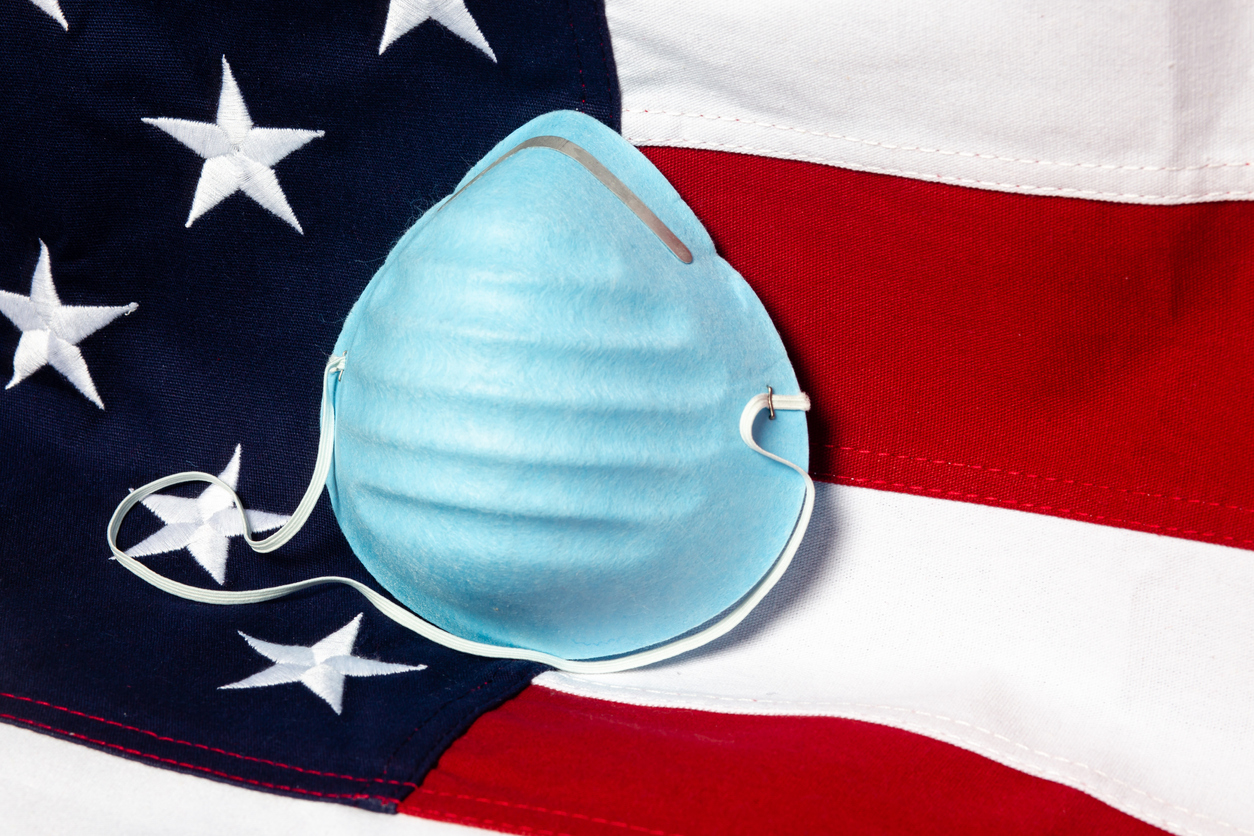The Fed also said it would expand previously announced corporate lending programs to include some classes of riskier debt that had been excluded, including allowing firms that until recently had been rated as investment-grade to participate in those facilities.
They take the Fed well beyond the lender-of-last-resort functions it played in 2008 to prevent a financial panic from deepening the economic downturn and rely on hundreds of billions of dollars in Treasury money that Congress made available in the recent $2 trillion economic-relief legislation.
“Our country’s highest priority must be to address this public-health crisis, providing care for the ill and limiting the further spread of the virus,” said Federal Reserve Chairman Jerome Powell in a statement. “The Fed’s role is to provide as much relief and stability as we can during this period of constrained economic activity, and our actions today will help ensure that the eventual recovery is as vigorous as possible.”
The Fed said it would allow new classes of debt in the previously announced Term Asset-Backed Securities Lending Facility, or TALF, that were excluded from that facility when it was used after the 2008 financial crisis to support consumer and business credit markets.
The Fed will now accept triple-A rated tranches of existing commercial mortgage-backed securities and newly issued collateralized loan obligations. Under TALF, the Fed lends money to investors to buy securities backed by credit-card loans and other consumer debt. The Fed has made $100 billion available for that program and didn’t increase the amount Thursday.
The central bank also announced it would backstop some pieces of riskier corporate debt in two previously established facilities, and the Treasury increased to $75 billion from $20 billion the amount of money available to cover losses the Fed might sustain as a result.
One corporate credit backstop to support new debt issuance of highly rated firms will be expanded to include so-called “fallen angels” that were investment-grade in mid-March but have subsequently been downgraded one notch, from triple-B to double-B. A second corporate credit backstop will allow a limited amount of purchases of non-investment-grade debt in exchange-traded funds.
After firing its arsenal at funding markets last month to prevent a public-health crisis from morphing into a financial crisis, the Fed later said it would throw another kitchen sink at credit markets that have broken down.
On Thursday, the central bank expanded those efforts and further unveiled a new generation of lending facilities to prevent a liquidity crunch from turning into a solvency crisis for American businesses, states and cities.
The Fed said it would offer through banks four-year loans in which payments can be deferred for one year to businesses with up to 10,000 employees or revenues of less than $2.5 billion. Loans through this Main Street Lending Program, which will initially fund up to $600 billion in loans, will be subject to restrictions on stock buybacks, dividends and executive compensation. Firms that have received separate forgivable loans for payroll costs from the Small Business Administration will be eligible to seek Main Street loans as well.
To ease funding strains for cities and states seeing large revenue drops and rising expenses from simultaneous economic and health crises, the Fed said it would purchase up to $500 billion in short-term debt directly from U.S. states, the District of Columbia, U.S. counties with at least two million residents, and U.S. cities with at least one million residents.













